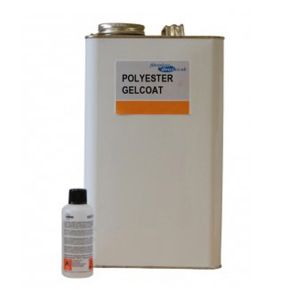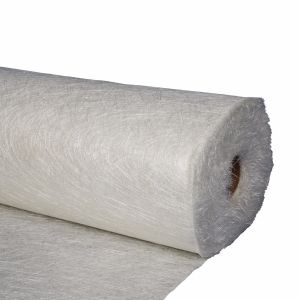
Order Fibreglass Boat Supplies Online Today!
Fibreglass has been used in the Boat Repair industry for many years thanks to its durable and versatile properties. It is used primarily as it is so light weight and strong. During the course of its lifetime, all fibreglass boats will undergo maintenance to keep the boat looking its best and to ensure maximum protection. Common boat repairs undertaken by the customers of FibreGlassDirect are in relation to small cracks, gelcoat discolouration and patching small holes.
For the purposes of this boat repair article we will focus on patching a small hole in a fibreglass boat.
What materials do you need?
- Resin (Isophthalic, Lloyds Approved, or Epoxy)
- Catalyst (All resins & Gelcoats at FibreGlassDirect are supplied with Catalyst)
- Acetone
- Masking tape
- Fibreglass Mat
- Wet & Dry Sandpaper
- Gelcoat (to match current colour)
- Compound
Quantities will vary dependant on the size of the hole to be repaired.
Preparation
Good preparation is critical for a successful fibreglass boat repair.
After wiping down the area to be repaired with acetone, the first step in the process is to enlarge the size of the hole to be repaired. With a disc sander and medium grit disc, grind the edges of the hole. This should be done until the outer edge of the hole is approximately 2-3 inches wider than the inside edge. This will provide a solid surface for the repair materials to bond with.
Once this has been completed, the area should be wiped down with Acetone again to remove any dust or debris.
If the hole to be repaired is a through hole, the back of the hole must be covered. This can be done by either taping over the back of the hole (this works well for smaller repairs) or covering it with a smooth and flat material, that the resin will not stick to. Ensure that it is firmly in place before continuing with the repair.
Applying the Laminate
Layers of Chopped Strand Mat should be cut to fill the area to be repaired. The first layer should be slightly smaller than the area to be covered, the second one about the same size as the hole and one to cover the hole plus the grinded edge. (Additional layers should be used in the case of deeper repairs).
Apply the first layer of the glass mat to the area and using a brush, completely saturate or 'wet out' with the catalysed resin. Use a paddle roller to remove any trapped air. Repeat for second and third layers.
After approximately 30 minutes, when the repair surface is tacky to touch, the area should be sanded as required.
Allow to cure completely. (If the repair is below the water line of the boat it is recommended that a period of 7 days has passed before putting the boat back into the water.)
Finishing
A topcoat matching the existing colour of the boat should be used to finish the repair. Topcoats are available in a standard range of colours but can be pigmented to suit.
Similar to resin, topcoat is mixed with 2% Catalyst and applied with a thickness of approximately 1mm.
Once cured, the area should be sanded down with Wet/Dry Sandpaper.
The Topcoat will give enhanced protection against weathering and greater scratch resistance.
Once applied correctly, the finished fibreglass repair will be strong and durable ready for the harsh conditions of the sea!
Where to find GRP Boat Materials
FibreGlassDirect have over 40 years of experience in the fibreglass industry. All of our materials are in stock for immediate dispatch.
If you require further technical information on anything written in this article or on any upcoming DIY Boat Projects, don't hesistate to get in touch.
You can Order Fibreglass Boat Supplies Online Today!








